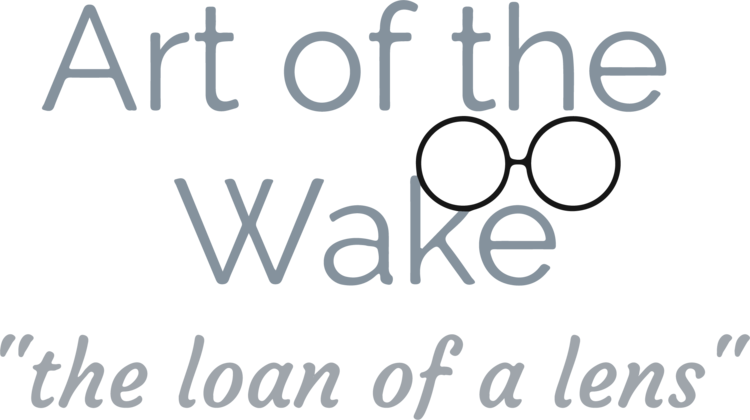"Come on, fool porterfull, hosiered
women blown monk sewer? Scuse us, chorley guy! You toller-
day donsk? N. You tolkatiff scowegian? Nn. You spigotty an-
glease? Nnn. You phonio saxo? Nnnn. Clear all so! 'Tis a Jute.
Let us swop hats and excheck a few strong verbs weak oach ea-
ther yapyazzard abast the blooty creeks."
I had a lot of fun with this section, as the dialogue has echoes of the kind of slapstick comedy that we see in early cinema. The interactions between Mutt and Jute also remind us of the early twentieth-century comic strip, Mutt and Jeff, published first in the San Francisco Chronicle. This passage also echoes Samuel Beckett's (later) absurdist Waiting for Godot (another circular text), in which Vladimir and Estragon are practically indistinguishable and utterly inseparable from each other. Vladimir and Estragon's hat-swapping scene is likely influenced by the use of that trope in early cinema: Laurel and Hardy's "Do Detectives Think?" (1927), and the Marx Bros'"Duck Soup" (1933) both feature hat-swapping scenes.
Joyce was instrumental in setting up the first Irish picture house, the Volta, in Dublin in 1910, at the time that he was writing Finnegans Wake. But unfortunately, the films that were shown were in Italian and other foreign languages without subtitles and didn’t appeal to an Irish audience. He might have done better with the popular American comedies and romances that were available at the time.
The Samuel Beckett and James Joyce bridges, designed by the architect Santiago Calatrava sit above the Liffey in view of each other. In this illustration the two bridges merge, while in the water the reflection of Vladimir and Estragon or maybe Beckett and Joyce continue their dialogue as they “swop hats and excheck a few strong verbs weak oach eather yap

